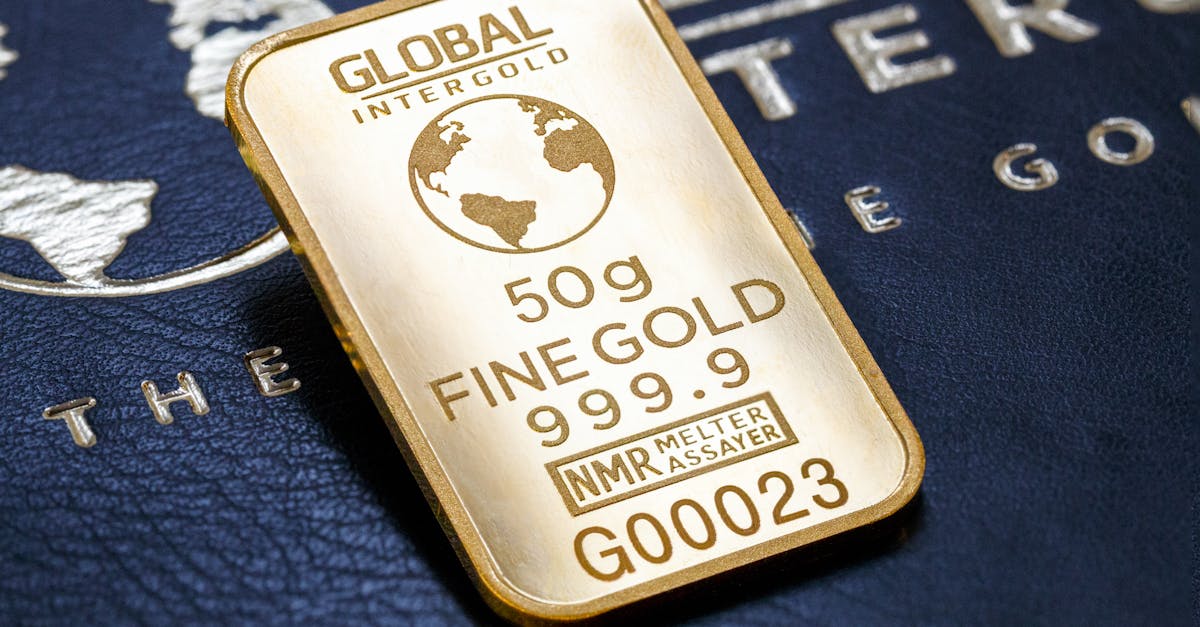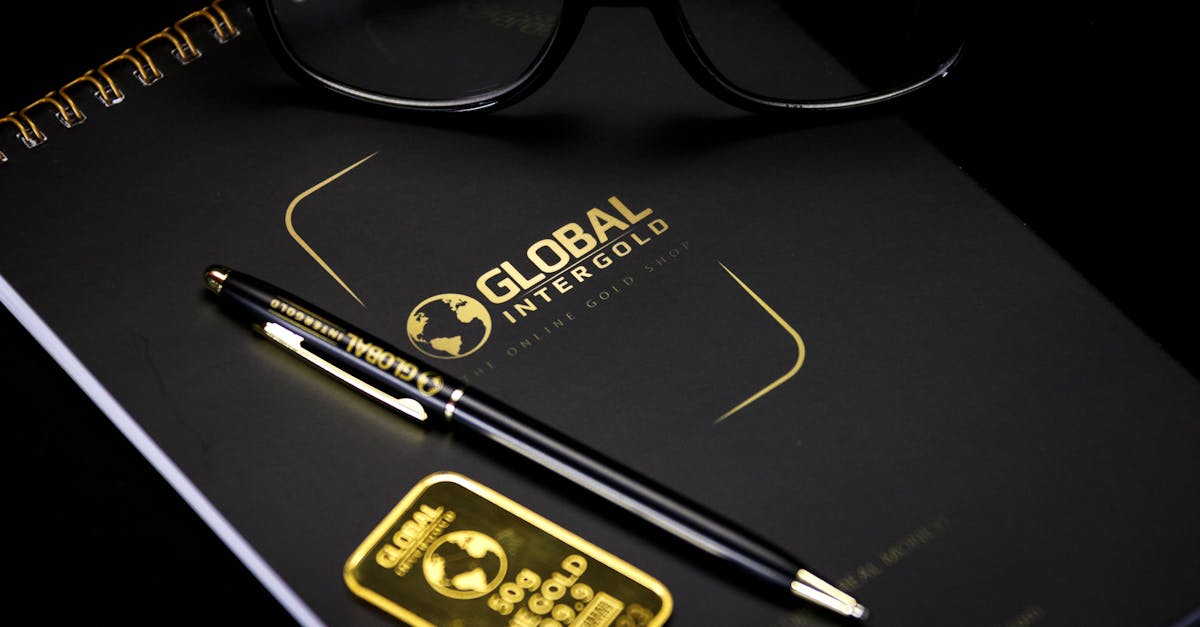The Ultimate Guide to Navigating the Gold Market

Gold Bullion Pricing: A Beginner’s Guide
Gold has captivated humans for centuries, serving as a symbol of wealth, power, and stability. Today, gold bullion remains a valuable asset class for investors seeking diversification, protection against inflation, and a hedge against economic uncertainty.
Understanding the pricing of gold bullion is crucial for anyone looking to buy, sell, or invest in this precious metal. In this article, we’ll dive into the world of gold bullion pricing, exploring what it is, how it’s determined, and why it matters to investors. We’ll also cover the factors that influence the spot price, the different ways to track it, and its importance as a key market indicator.**
Key Insights
5 Key Points
- The spot price of gold is the price at which gold can be bought and sold immediately.
- The spot price of gold is influenced by a variety of factors, including economic indicators, geopolitical events, supply and demand dynamics, and central bank policies.
- Gold is often seen as a safe haven asset, and its price tends to rise during times of economic uncertainty or geopolitical turmoil.
- Investors can track the spot price of gold using a variety of platforms and tools, including gold price tracking websites, mobile apps, and brokerage accounts.
- The spot price of gold is a key market indicator that can provide investors with valuable insights into the health of the economy and financial markets.
1. Introduction: Understanding Gold Bullion Pricing
In the world of investing, gold bullion stands out as a unique and valuable asset class. Unlike stocks or bonds, which represent ownership in companies or debt obligations, gold bullion is a physical asset with intrinsic value. This makes it a popular choice for investors seeking a safe haven during times of economic uncertainty or geopolitical turmoil.
Understanding the pricing of gold bullion is crucial for anyone looking to buy, sell, or invest in this precious metal. The spot price, which is the price at which gold can be bought and sold immediately, is a key indicator of the market value of gold. It is influenced by a variety of factors, including supply and demand dynamics, economic indicators, geopolitical events, and central bank policies.
Tracking the spot price of gold bullion is essential for investors to make informed decisions. There are a number of platforms and tools available that provide real-time updates on the spot price, allowing investors to stay on top of market movements and make timely trades.
2. What is the Spot Price?

What is the Spot Price?
The spot price of gold is the price at which gold can be bought and sold immediately for delivery on the spot, which is typically two business days after the trade is made. It is the most commonly quoted price for gold and is used as a benchmark for other gold prices, such as futures prices and retail prices.
The spot price of gold is determined by the forces of supply and demand in the gold market. When demand for gold is high, the spot price will rise. When demand is low, the spot price will fall. The spot price of gold is also influenced by other factors, such as economic indicators, geopolitical events, and central bank policies.
Tracking the spot price of gold is essential for investors to make informed decisions. There are a number of platforms and tools available that provide real-time updates on the spot price, allowing investors to stay on top of market movements and make timely trades.
3. Spot Price vs. Futures Price
The spot price of gold is the price at which gold can be bought and sold immediately for delivery on the spot, which is typically two business days after the trade is made. The futures price of gold is the price at which gold can be bought or sold for delivery at a future date, typically one to six months out.
There are a few key differences between the spot price and the futures price of gold. First, the spot price is for immediate delivery, while the futures price is for future delivery. Second, the spot price is typically higher than the futures price, as the futures price takes into account the cost of carrying the gold until the delivery date.
There are also a few advantages and disadvantages to both the spot price and the futures price of gold. The spot price is more liquid than the futures price, meaning that it is easier to buy and sell gold at the spot price. However, the futures price can be more advantageous for investors who are looking to take delivery of gold at a future date.
Ultimately, the best choice between the spot price and the futures price of gold depends on the individual investor’s needs and investment goals.
4. Factors Influencing the Spot Price

Factors Influencing the Spot Price
The spot price of gold is influenced by a variety of factors, including economic indicators, geopolitical events, supply and demand dynamics, and central bank policies.
Economic indicators that can affect the spot price of gold include inflation, interest rates, and economic growth. When inflation is high, the spot price of gold tends to rise, as investors seek to protect their wealth from the effects of inflation. When interest rates are low, the spot price of gold tends to rise, as investors seek alternative investments to bonds and other fixed-income investments. When economic growth is strong, the spot price of gold tends to rise, as demand for gold increases from both investors and consumers.
Geopolitical events can also have a significant impact on the spot price of gold. When there is uncertainty or instability in the world, investors often flock to gold as a safe haven asset. This can drive up the spot price of gold.
Supply and demand dynamics also play a role in determining the spot price of gold. When there is more demand for gold than there is supply, the spot price of gold will rise. When there is more supply of gold than there is demand, the spot price of gold will fall.
Central bank policies can also affect the spot price of gold. When central banks buy gold, the spot price of gold tends to rise. When central banks sell gold, the spot price of gold tends to fall.
5. Tracking the Spot Price
There are a number of different platforms and tools available for tracking the spot price of gold in real-time, ensuring that investors can stay informed about the latest market movements.
One popular option is to use a gold price tracking website. These websites typically provide live updates on the spot price of gold, as well as historical data and charts. Some popular gold price tracking websites include Kitco, GoldPrice.org, and BullionVault.
Another option is to use a mobile app. There are a number of mobile apps available that allow investors to track the spot price of gold on their smartphones or tablets. Some popular gold price tracking apps include Gold Live, Gold Tracker, and Bullion.
Finally, investors can also track the spot price of gold using a brokerage account. Many brokerage accounts offer real-time streaming quotes for gold and other precious metals. This can be a convenient option for investors who are already using a brokerage account to trade gold or other investments.
No matter which platform or tool you choose, it is important to make sure that you are getting accurate and up-to-date information on the spot price of gold.
6. Importance of Spot Price for Investors
Importance of Spot Price for Investors
The spot price of gold is a key indicator for investors, as it can affect their buying, selling, and investment decisions.
When the spot price of gold is rising, it can be a sign that investors are seeking a safe haven asset during times of economic uncertainty or geopolitical turmoil. This can lead to increased demand for gold, which can further drive up the spot price. Investors who are looking to buy gold may want to consider doing so when the spot price is rising, as this could indicate that the gold market is bullish and that prices are likely to continue to rise.
When the spot price of gold is falling, it can be a sign that investors are selling gold to raise cash or that there is less demand for gold as a safe haven asset. This can lead to decreased demand for gold, which can further drive down the spot price. Investors who are looking to sell gold may want to consider doing so when the spot price is falling, as this could indicate that the gold market is bearish and that prices are likely to continue to fall.
It is important to note that the spot price of gold is just one factor that investors should consider when making buying, selling, or investment decisions. Other factors that investors should consider include their investment goals, risk tolerance, and time horizon.
7. Conclusion: Gold Bullion Pricing as a Key Market Indicator
Conclusion: Gold Bullion Pricing as a Key Market Indicator
Gold bullion pricing is a key market indicator that provides investors with valuable insights into the health of the economy and financial markets. The spot price of gold is influenced by a variety of factors, including economic indicators, geopolitical events, supply and demand dynamics, and central bank policies. By tracking the spot price of gold, investors can stay informed about the latest market movements and make informed investment decisions.
When the spot price of gold is rising, it can be a sign that investors are seeking a safe haven asset during times of economic uncertainty or geopolitical turmoil. This can lead to increased demand for gold, which can further drive up the spot price. Conversely, when the spot price of gold is falling, it can be a sign that investors are selling gold to raise cash or that there is less demand for gold as a safe haven asset. This can lead to decreased demand for gold, which can further drive down the spot price.
Overall, the spot price of gold is a key market indicator that can help investors make informed investment decisions. By tracking the spot price of gold, investors can stay informed about the latest market movements and make informed decisions about when to buy, sell, or hold gold.
What is the difference between the spot price and the futures price of gold?
The spot price of gold is the price at which gold can be bought and sold immediately for delivery on the spot, which is typically two business days after the trade is made. The futures price of gold is the price at which gold can be bought or sold for delivery at a future date, typically one to six months out. The futures price is typically lower than the spot price, as it takes into account the cost of carrying the gold until the delivery date.
What factors influence the spot price of gold?
The spot price of gold is influenced by a variety of factors, including economic indicators, geopolitical events, supply and demand dynamics, and central bank policies. Economic indicators that can affect the spot price of gold include inflation, interest rates, and economic growth. Geopolitical events can also have a significant impact on the spot price of gold. When there is uncertainty or instability in the world, investors often flock to gold as a safe haven asset. Supply and demand dynamics also play a role in determining the spot price of gold. When there is more demand for gold than there is supply, the spot price of gold will rise. When there is more supply of gold than there is demand, the spot price of gold will fall. Central bank policies can also affect the spot price of gold. When central banks buy gold, the spot price of gold tends to rise. When central banks sell gold, the spot price of gold tends to fall.
How can I track the spot price of gold?
There are a number of different platforms and tools available for tracking the spot price of gold in real-time, ensuring that investors can stay informed about the latest market movements. One popular option is to use a gold price tracking website. Another option is to use a mobile app. Finally, investors can also track the spot price of gold using a brokerage account.
Key Insights
Table of Key Insights
| Key Insight | Description | |—|—| | The spot price of gold is the price at which gold can be bought and sold immediately. | This is the most commonly quoted price for gold and is used as a benchmark for other gold prices. | | The spot price of gold is influenced by a variety of factors, including economic indicators, geopolitical events, supply and demand dynamics, and central bank policies. | These factors can have a significant impact on the spot price of gold, making it important for investors to stay informed about the latest market movements. | | Gold is often seen as a safe haven asset, and its price tends to rise during times of economic uncertainty or geopolitical turmoil. | This is because investors often flock to gold as a way to protect their wealth during these times. | | Investors can track the spot price of gold using a variety of platforms and tools, including gold price tracking websites, mobile apps, and brokerage accounts. | This allows investors to stay informed about the latest market movements and make informed investment decisions. | | The spot price of gold is a key market indicator that can provide investors with valuable insights into the health of the economy and financial markets. | By tracking the spot price of gold, investors can make informed investment decisions and protect their wealth during times of economic uncertainty.

0 responses to “Gold Bullion Pricing: Understanding the Spot Price”